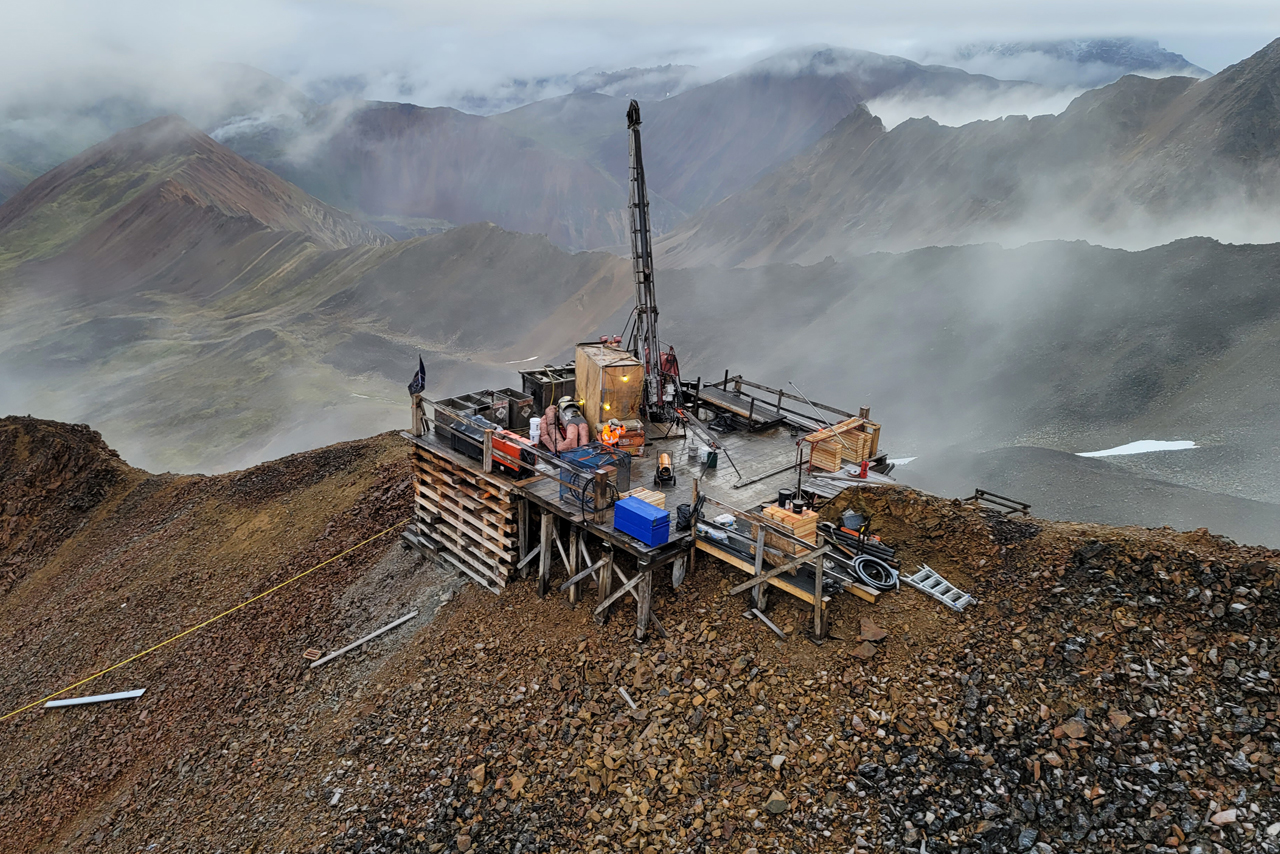Torngat Metals hopes to revive Strange Lake rare earths project in Quebec

Torngat Metals is advancing its longstanding Strange Lake rare earths project in northeastern Quebec toward both a feasibility study and permitting. Strange Lake could produce up to 55,000 tonnes of ore per day over 30 years, and give Canada its first rare earth mine.
In a notice posted Friday on its registry, the Impact Assessment Agency of Canada (IAAC) says it’s inviting feedback from Indigenous peoples and the public on Torngat’s initial project description. Virtual public information sessions will be held in English and French on Oct. 30 and Nov. 2, and feedback can also be emailed to IAAC. Comments will help the agency write up a summary of issues related to the project and decide if it should undergo impact assessment. As part of the assessment, the IAAC is working with the governments of Nunatsiavut and Newfoundland and Labrador and comments received will be shared among the jurisdictions.
Privately owned Torngat says it has funding to complete a prefeasibility study for the project next year, followed by a feasibility study. Strategic partner Cerberus Capital is providing US$50 million. Strange Lake is located in the Nunavik region, about 235 km northeast of Schefferville, Que.



